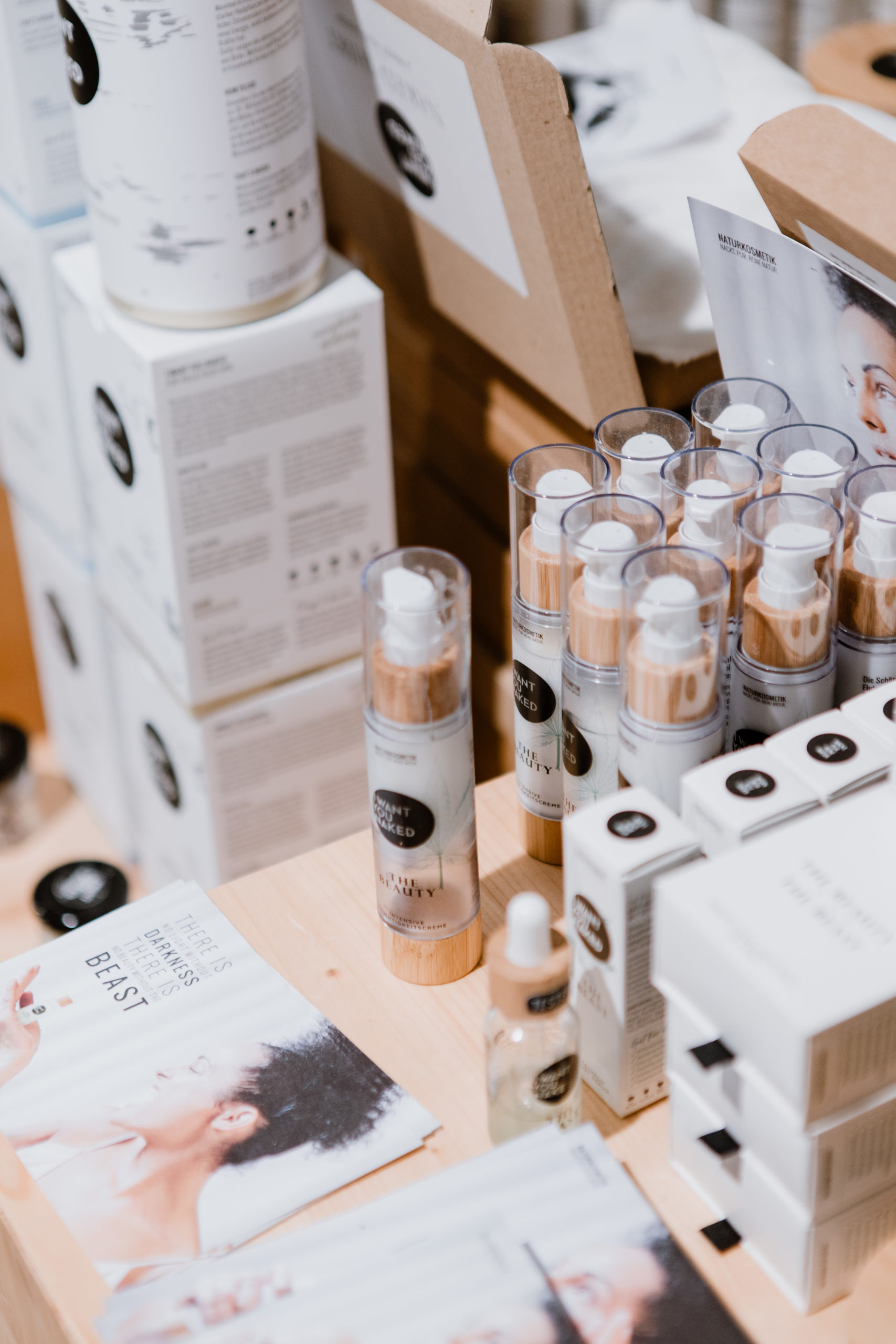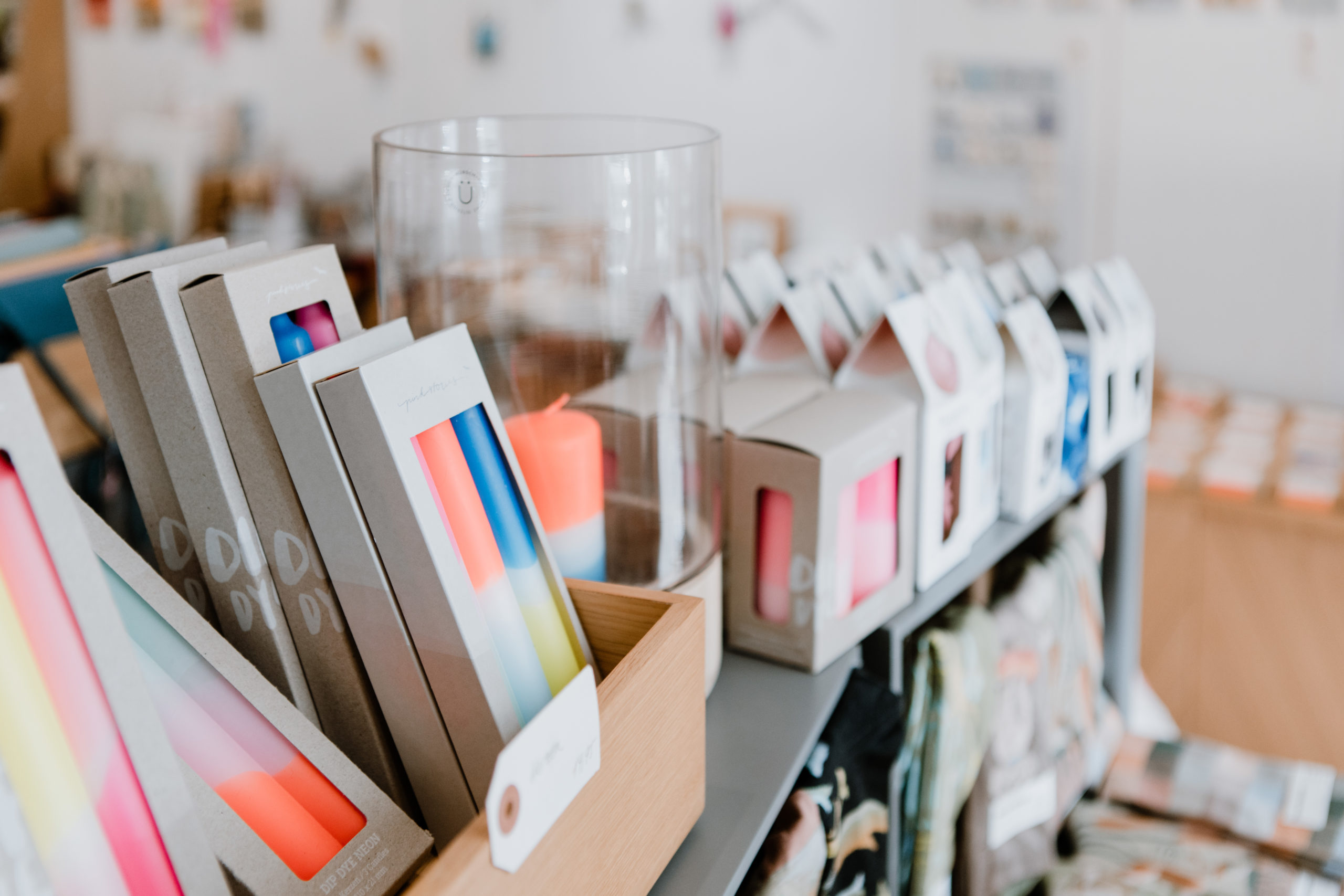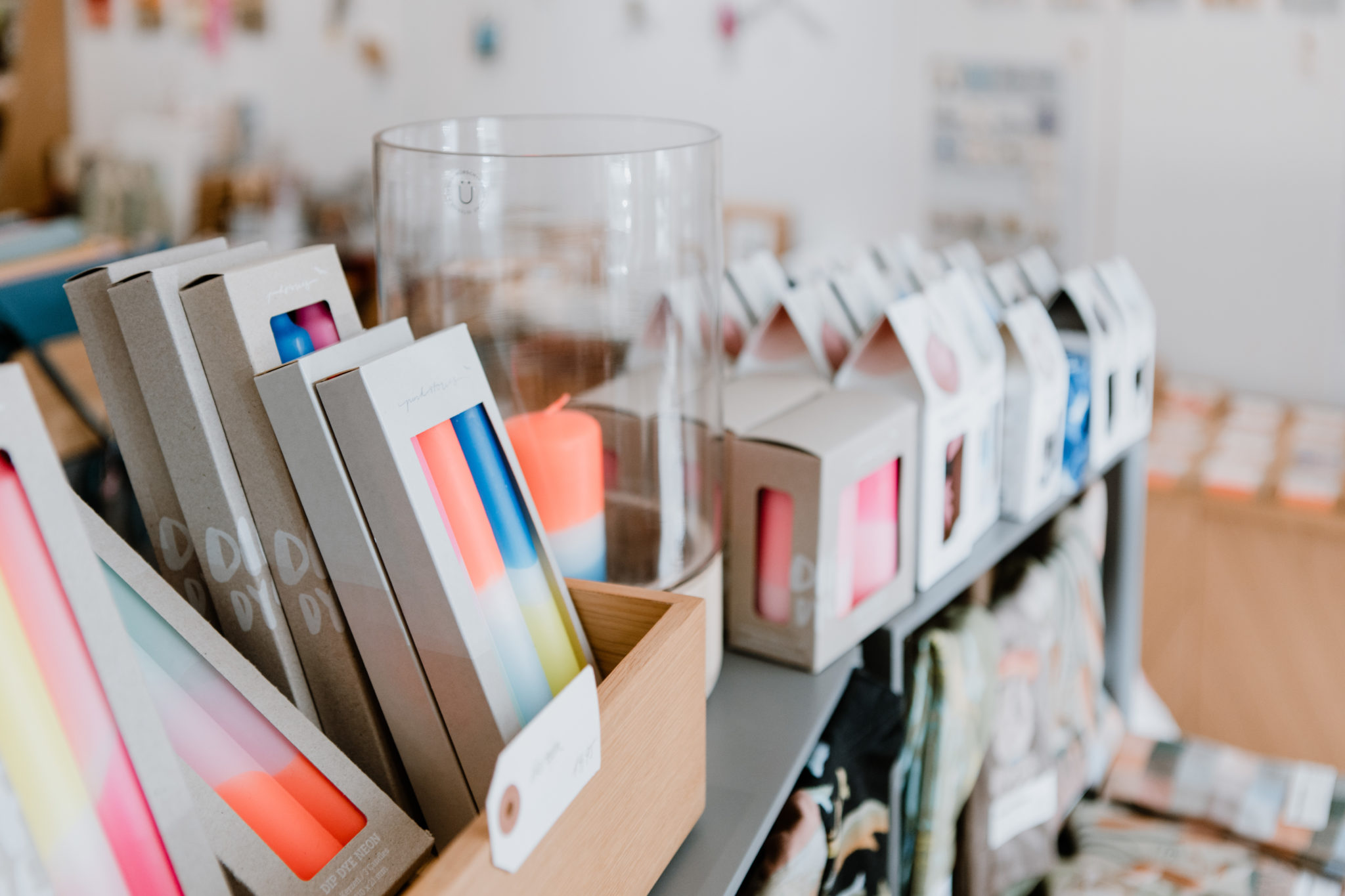A guide WITH THE BEST KNOW-HOW AND TIPS FOR Manufacturers regarding the eu packaging law
We at FAIRLING have the mission to connect brands and retailers from all around the world and to make the world of wholesale a better and more sustainable place.
In our How To & Tips guide on this blog we want to give you the best possible advice for your business so you are ready for takeoff with the most important tips and advice. Today’s advice will be all about the most important facts about the EU wide Packaging Law – especially important for manufacturers (brands).

What exactly is the eu packaging law?
Packaging can be found everywhere in our everyday lives. We constantly encounter packaged products, for example during sales or transport – packaging is always part of the product. Certain requirements and specifications must be observed, such as those agreed in the EU Packaging Law (EU Directive 94/62/EC).
In general, the principle of extended producer responsibility applies, whereby manufacturers, importers and (online) retailers are held responsible. If you now deliver to different states of the EU (e.g. offer international or EU-wide shipping), you may also be obliged to participate in a recycling system in each individual state, to license your packaging, or to pay a packaging or waste tax to the respective state.
What is the reason for the eu packaging law?
The EU Packaging Law aims to standardize national guidelines for handling packaging and the produced waste. Specifically, it aims to protect the environment by preventing or avoiding packaging waste.
The basic idea behind this is the circular economy and the associated waste hierarchy. This states that the highest priority is to avoid waste. Otherwise, it should be prepared for reuse or be recycled. If this is not possible, other recovery methods such as waste incineration and disposal can be considered. At the same time, emphasis is placed on ensuring that packaging waste is handled in a way that is gentle on health.
EU Packaging Law – Who does it apply to?
The EU Packaging Law affects the industrial, commercial, administrative, trade, manufacturing, service and household sectors and the packaging waste generated therein – for all countries of the European Union. It is binding for you as a manufacturer and retailer and also applies to the pharmaceutical industry (Medical Devices Packaging Directive) or the case when you purchase your products already packaged from a wholesaler.
Thus, companies must pay a fee for the materials they put into circulation. This means that all companies are obliged to dispose of packaging that is put on the market for the first time, which ends up as waste at the end-consumer. This applies not only to large quantities and companies, but also from the very first sales packaging that a retailer or manufacturer places on the market.
Do I have to register the packaging that i’m using?
Since 2019 it is mandatory to register the packaging that you are bringing into circulation every year. For violations against the Packaging Law (for example not registering the packaging amount) in Germany there can be significant penalties. The scope of fines starts with the submission of the data report with penalties of up to 10,000 euros and can even lead to a fine of up to 200,000 euros in connection with incorrect system participation.
For a declaration of completeness that is not filed, not filed correctly, not filed in full or not filed on time, authorities may impose administrative offenses with a fine of up to 100,000 euros.
Which packaging materials do you have to license?
All packaging and shipping material, from cardboard box to filling material to parcel tape or service packaging at the point of purchase, are subject to licensing.
These are the packaging materials subject to licensing:
- Cardboard, paper, carton
Packaging made of cardboard, paper or paperboard primarily includes shipping cartons, folding boxes, packing papers and paper bags.
- Aluminum and other metals
Bottle caps, foils for chocolate or tubes for skin creams – packaging made of aluminum is used primarily for food as well as cosmetic and pharmaceutical products.
- Glass
The material type glass includes colorless and colored disposable bottles and jars for beverages, food and medicines.
- Plastics
Plastic packaging such as plastic bags, foils, bottles, blisters or jars are mostly used in the food sector. Depending on their chemical composition, they are made of PE, PP, PET or PS.
- Beverage carton composites
Beverage carton laminates are used, for example, for milk, juice and other liquid foods. They consist of cardboard and wafer-thin layers of plastic or even aluminum that are firmly bonded together.
- Ferrous metals
Typical packaging made of ferrous metals are beverage cans, tins, tubes and crown caps.
- Other composite packaging
Other composite packaging includes packaging made of at least two different materials that are bonded together over their entire surface. Vacuum packaging of coffee is an example. Important: Beverage cartons count as beverage carton composites.
- Other materials
Cotton, wood, rubber, copper or ceramics are commonly used other materials for packaging, such as cotton in the form of cloth bags.
How do i license my yearly packaging waste?
The following steps must be taken to register your company for licensing:
1.) Registration
Create an account on your country’s official packaging register website. For Germany this would be the website LUCID. There you can enter your company details, the size of your company and what kind of products you are manufacturing.
2.) License the yearly amount of packaging you are using on a dual system website.
Each country in the EU has their own official licensing websites where you can enter the exact amount and weight of packaging you have been using throughout the year. You can also license an estimated amount for the following year. If you already know the estimated amount, it is smart to license that in advance – most dual system websites offer a discount for that.
3) Checking your quantities
At the end of each year, you have to check the actual amount of shipping and packaging materials you have been putting into circulation again. Here it is important that your quantity report from your dual system agrees with the official packaging register website and is identical.
What do i do if i don’t know how many packaging materials i’ve put into circulation?
One thing you can do is to contact your supplier who delivers your packaging. Or you can contact the manufacturer who produces your goods, they usually know exactly what quantities they use. You can also check the yearly ordered amount of materials that you needed through your bills to calculate the amount. It is recommended to keep a list of all bills that include the purchase of packaging materials.
If you are still unsure, most dual system websites will provide a packaging calculator. This will help you figure out the correct amount of packaging that you have to license.

Even if there are times when wholesaling seems more difficult, it’s still important to be visible and tell the shops about your great products. Maybe you got some ideas from this article and found inspiration on how to make your ads on FAIRLING interesting.
If this was an old hat for you, you are probably searching for some resellers for your products. We would love to help you find those. Just book a free demo call and we will be very happy to talk with you about your possibilities or answer your questions!
You are a unique brand and want to learn more about wholesale and reach out to potential shops?
FAIRLING is an online trade fair platform and very easy to use.




Comments are closed.